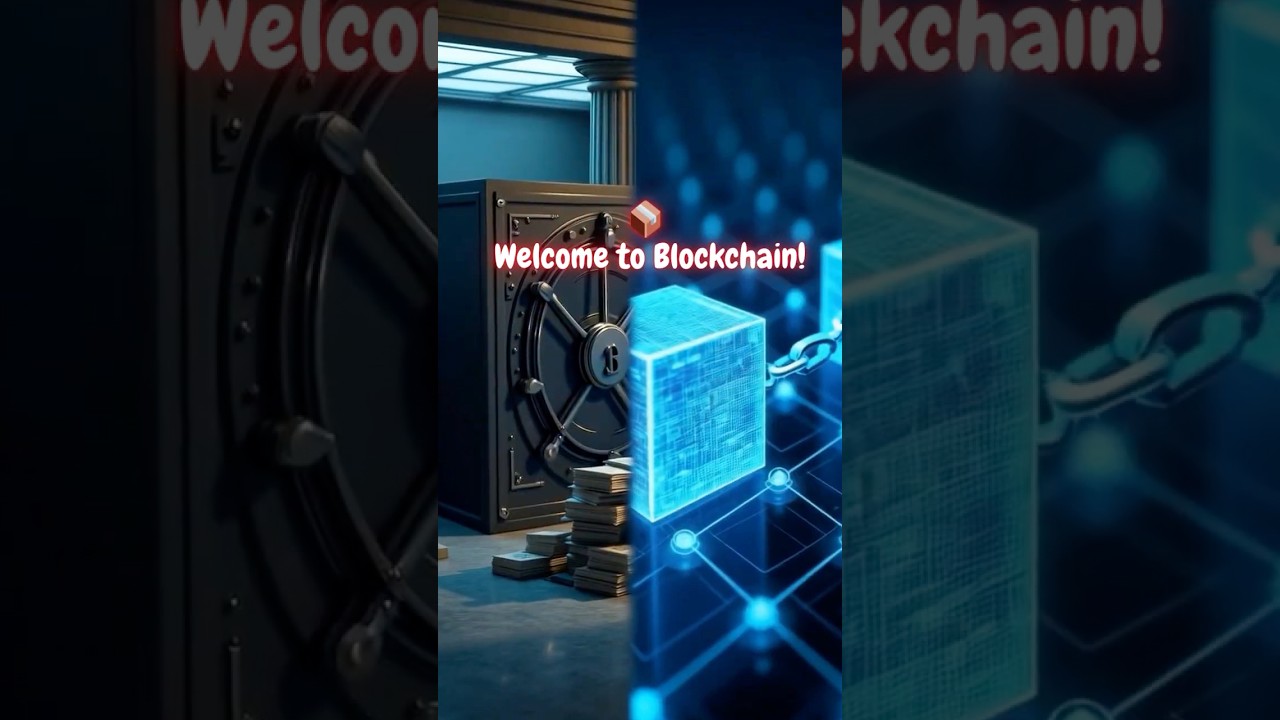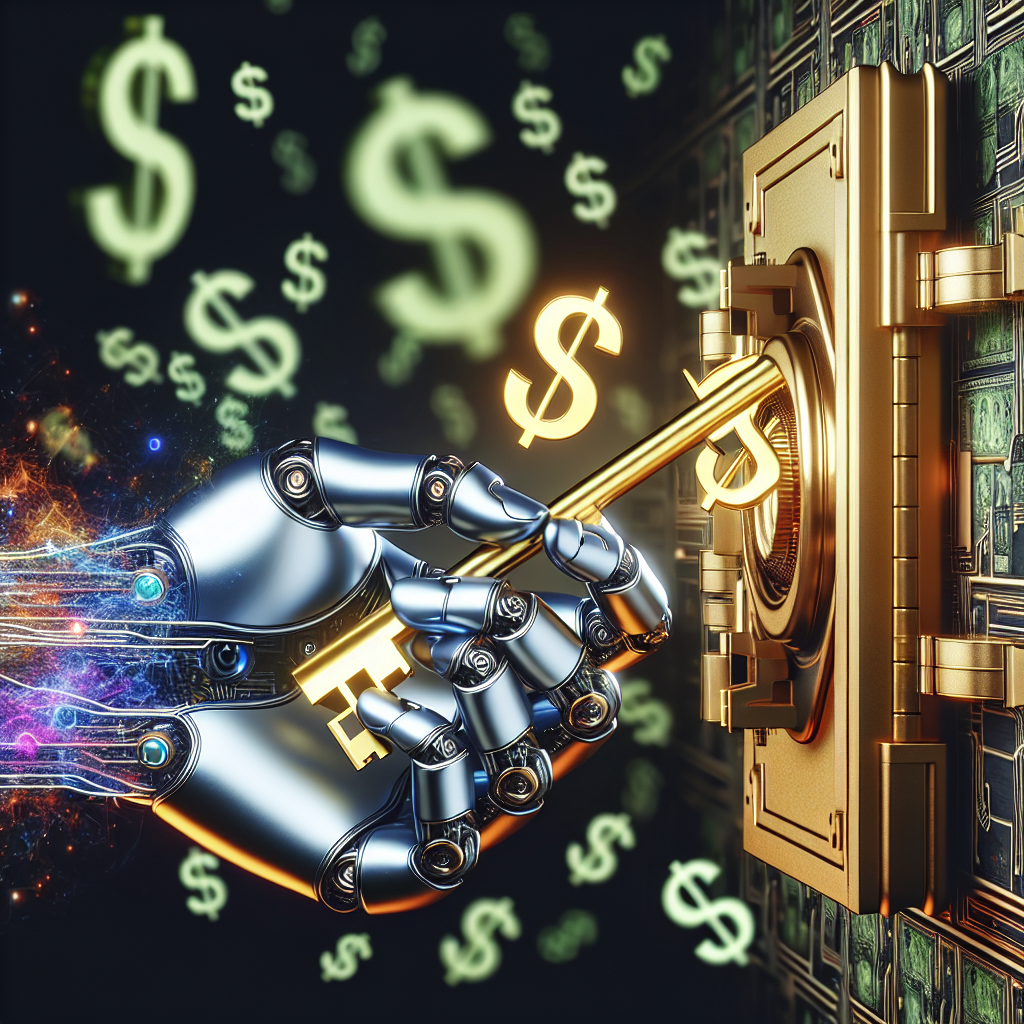In today’s world, technology is changing the way artists and creators share their work. Two important tools helping them are crypto and blockchain. These tools allow creators to have more control over their art, music, and videos. Let’s explore how they are doing this.
Crypto, short for cryptocurrency, is a type of digital money. Unlike regular money, crypto doesn’t need a bank. This means creators can sell their work directly to fans without paying high fees to middlemen. Fans can also buy these works using tokens, which are a kind of digital coin.
Blockchain is the technology that keeps track of all the transactions made with crypto. Think of it as a big digital notebook that everyone can see. This means that when a creator sells their work, it is recorded on the blockchain. This helps prove that the creator owns their art and can stop others from copying it without permission.
One of the coolest things about crypto and blockchain is that they allow for new ways of supporting creators. For example, fans can become “patrons” by buying special tokens that give them access to exclusive content. This helps creators earn money while building a closer relationship with their fans.
In conclusion, crypto and blockchain are opening up new doors for creators in the digital economy. They provide more control, fair payment, and new ways to connect with fans. As this technology grows, we can expect to see even more exciting changes that help artists thrive in the digital age.
Glossary:
Crypto: A type of digital money used to buy and sell things online.
Blockchain: A digital record-keeping system that keeps track of transactions in a secure way.
Tokens: Digital coins that can be used for buying special access or items online.
Creators: People who make art, music, videos, or other types of content.
Understanding Crypto and Blockchain
In today’s digital world, creators such as artists, musicians, writers, and developers are finding new ways to express their creativity and earn a living through technology. Two key players in this transformation are cryptocurrency and blockchain. Let’s break down these terms first:
- Cryptocurrency: A digital or virtual form of money that uses cryptography for security. Cryptocurrencies are decentralized and typically operate on blockchain technology.
- Blockchain: A distributed digital ledger that records transactions across many computers in such a way that the registered transactions cannot be altered retroactively. This technology ensures transparency and security.
The Empowering Role of Blockchain
Blockchain technology is revolutionizing the way creators interact with their audiences and monetize their work. Here are some ways it empowers them:
- Direct Interaction: Creators can sell their work directly to fans without intermediaries such as record labels or art galleries. This means higher profits for creators.
- Provenance and Ownership: Blockchain allows for clear ownership records. Buyers can easily verify the authenticity of an artwork or digital asset.
- Smart Contracts: These are self-executing contracts with the terms of the agreement encoded in the blockchain. They automate processes like payments, ensuring creators get paid as soon as someone buys their work.
- Tokenization: Creators can tokenize their work, turning it into a digital asset that can be bought, sold, or traded. This opens up new revenue streams and market opportunities.
Real-life Examples
Many creators are already using crypto and blockchain to their advantage. For instance, musician Grimes sold digital art as NFTs (Non-Fungible Tokens) for millions of dollars. As she stated:
“I think it’s just another form of art and I want to engage with it, to reach fans and make them feel like they’re part of the experience.”
Challenges Facing Creators
While the opportunities are significant, there are challenges to overcome:
- Market Volatility: The value of cryptocurrencies can fluctuate wildly, making it difficult for creators to price their work.
- Complex Technology: Many creators are not tech-savvy and may find blockchain technology complex and daunting.
- Environmental Concerns: Some cryptocurrencies require intensive energy use for mining, raising concerns about their environmental impact.
Potential Solutions for Creators
To address these challenges, several solutions can be implemented:
- Education and Resources: Providing tutorials and resources can help creators understand and navigate blockchain technology.
- Stablecoins: Using cryptocurrencies that are pegged to a stable asset, like the U.S. dollar, can help reduce price volatility.
- Green Blockchain Initiatives: Supporting and adopting blockchain technologies that use less energy can alleviate environmental concerns.
Looking Ahead
The digital economy is evolving rapidly, and blockchain and cryptocurrency are at the forefront of this change. Creators now have opportunities to explore their passions while also benefiting financially. As we look ahead, it’s essential to support and educate creators about these technologies so they can harness their full potential. As someone in the industry states:
“Blockchain gives creators the tools they need to reclaim their power and creativity in a way that has never been possible before.”
By embracing these technologies, creators not only improve their economic standing but also pave the way for a more equitable system in the digital realm.
What is crypto and how does it relate to creators?
Crypto refers to digital currencies and tokens that utilize blockchain technology for secure and transparent transactions. For creators, this means new ways to monetize their work, such as selling art, music, or writing directly to fans without intermediaries.
How does blockchain empower creators?
Blockchain provides a decentralized platform that ensures ownership and provenance of digital creations. This allows creators to authenticate their work, receive fair compensation, and retain control over how their content is used and distributed.
What are NFTs and how are they beneficial to creators?
Non-fungible tokens (NFTs) are unique digital assets that represent ownership of a specific item or piece of content. They empower creators by enabling them to sell their digital works as collectibles, ensuring that they can earn revenue each time their work is sold or resold.
Can creators earn passive income through crypto?
Yes, creators can earn passive income through various means, such as royalties from NFT sales or participating in decentralized finance (DeFi) platforms where they can lend their crypto assets. This opens up additional revenue streams beyond initial sales.
Is it easy for creators to enter the crypto space?
While entering the crypto space can seem complex, many platforms are designed to be user-friendly and accessible. Creators can start by using marketplaces that simplify the process of minting and selling their digital works as NFTs.
What challenges do creators face in adopting crypto and blockchain?
What Is Blockchain Technology #blockchain #cryptocurrency #bitcoin #ethereum
Creators may face challenges such as fluctuating cryptocurrency values, lack of understanding of the technology, and issues related to digital security. However, education and community support are growing, helping to mitigate these challenges.
How can creators promote their work in the crypto space?
Creators can leverage social media, join crypto communities, and collaborate with other artists to gain visibility. Additionally, they can participate in events or online platforms that cater to the crypto and NFT market to connect with potential buyers.
Are there specific platforms that cater to creators using crypto?
Yes, various platforms exist that are specifically designed for creators, including OpenSea, Rarible, and Foundation. These platforms allow artists to mint, showcase, and sell their work as NFTs directly to consumers.
How does the community aspect of crypto benefit creators?
The crypto community often emphasizes collaboration and support, enabling creators to connect with fans and other artists. This community-driven environment can foster loyalty and increase the chances of success for creators in the digital economy.
What is the future of creators in the crypto and blockchain landscape?
The future for creators in the crypto space appears promising, with ongoing innovations in technology and growing acceptance of digital assets. As more people engage with crypto, the potential for creators to thrive in this new economy continues to expand.



